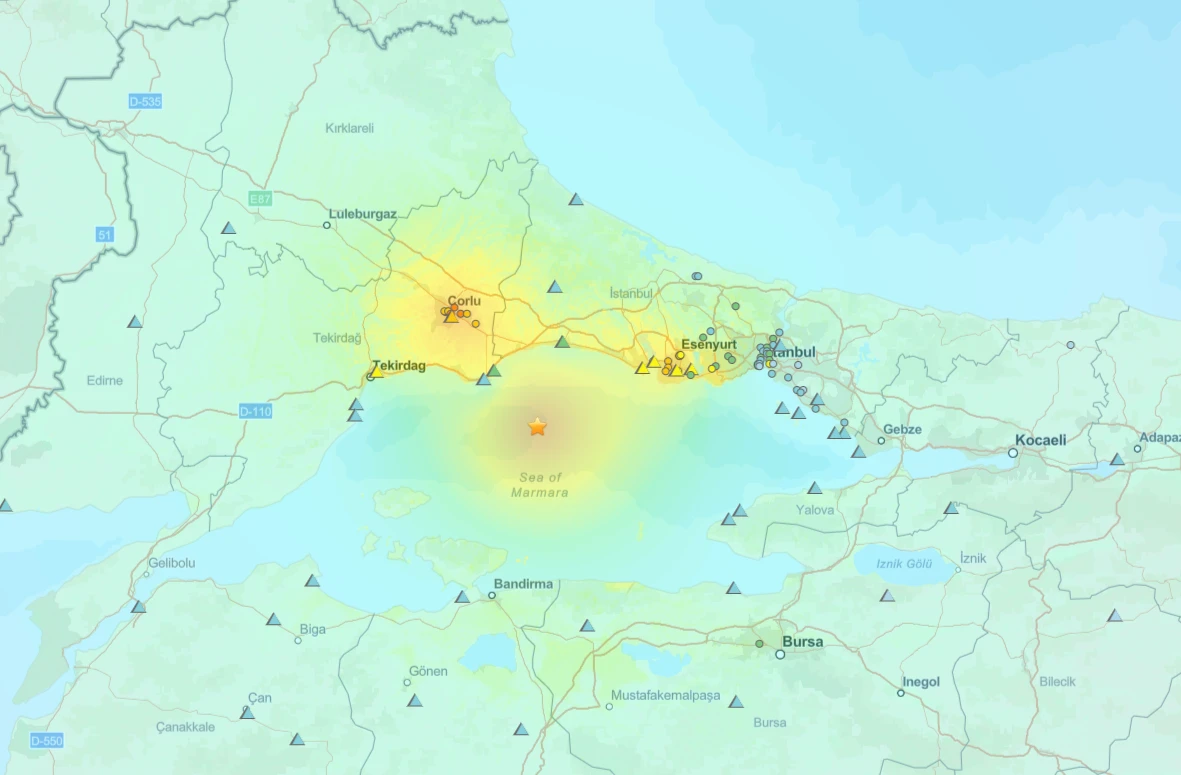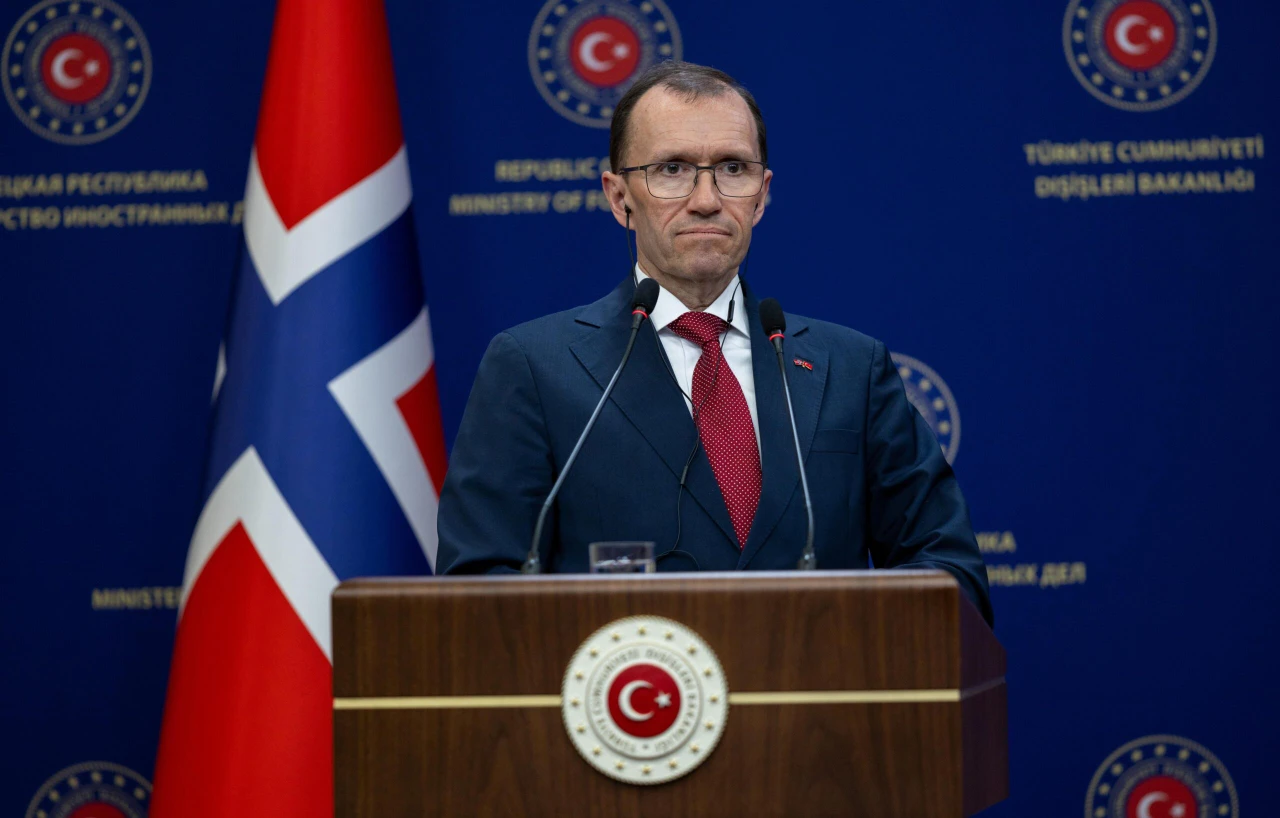Walking on history: Ancient mosaics beneath Istanbul’s Sultanahmet Square
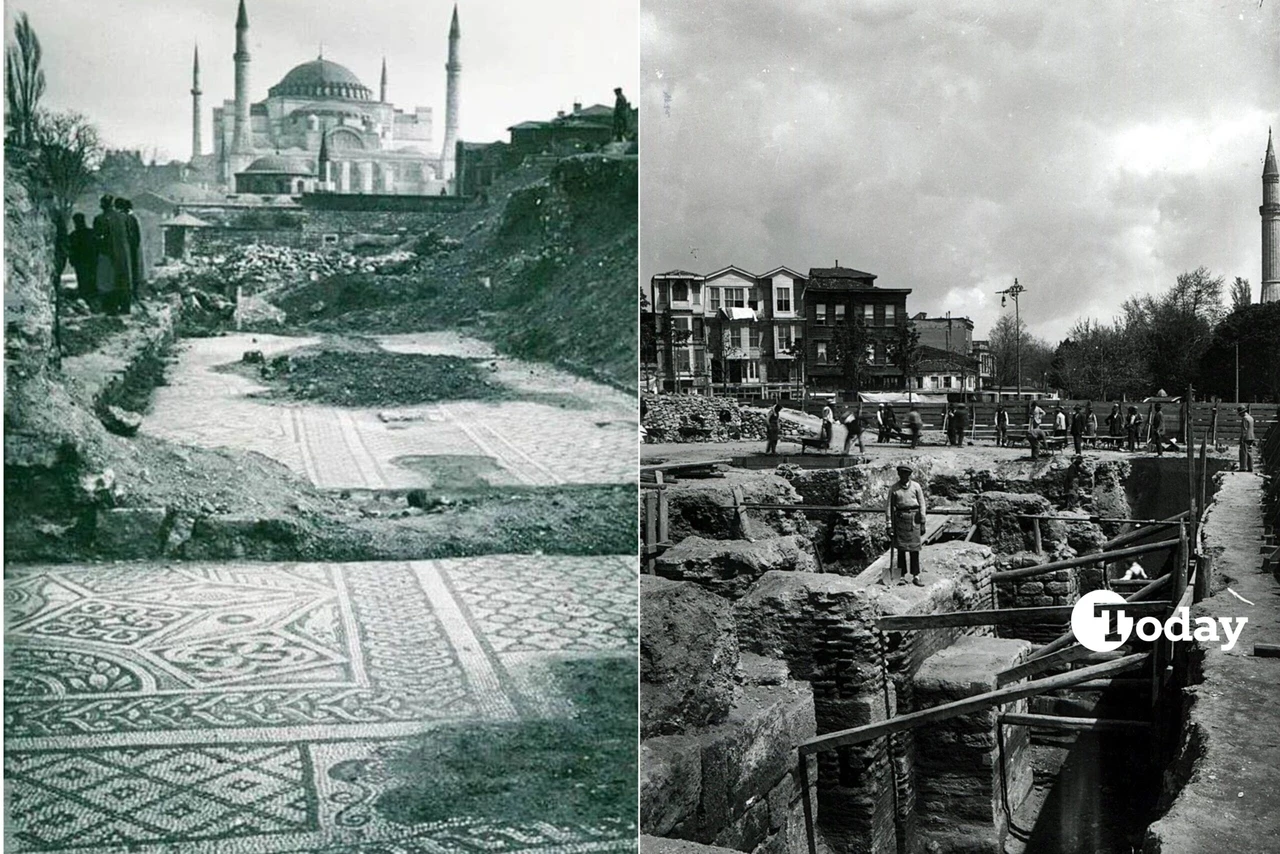 Archaeological excavations at Sultanahmet Square (Hippodrome), Istanbul, Türkiye, (Photo collage by Türkiye Today team)
Archaeological excavations at Sultanahmet Square (Hippodrome), Istanbul, Türkiye, (Photo collage by Türkiye Today team)
Sultanahmet Square is one of the must-visit places in Istanbul, where history whispers through the towering minarets and ancient domes.
But did you know that as you walk near Hagia Sophia and the Blue Mosque, you may be stepping on the remnants of a magnificent mosaic floor from a lost imperial palace?
Forgotten legacy beneath Sultanahmet
Between 1935 and 1951, extensive archaeological excavations in Sultanahmet Square revealed breathtaking mosaics belonging to the early Eastern Roman period. It is worth remembering that the first excavations started in 1927 and were interrupted for a short time afterwards.
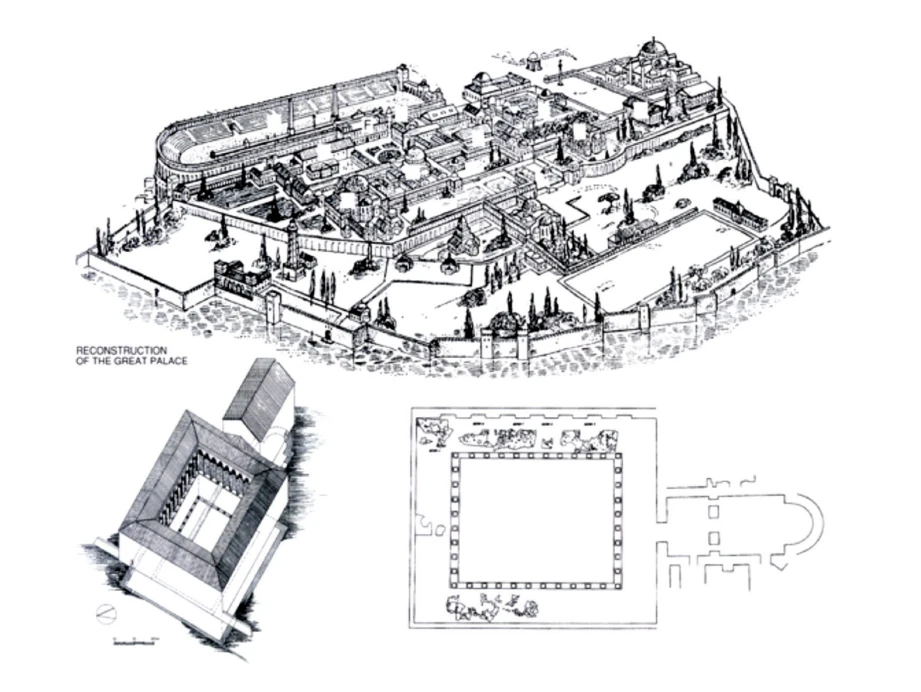
These mosaics, found in the peristyle courtyard of the Great Palace, showcase exquisite artistry, depicting everyday life, nature, and mythological scenes with remarkable detail.
Roman mosaics, found across the empire from Africa to Antioch, were more than just decorative pieces—they were historical records capturing clothing styles, food culture, tools, agricultural practices, sports, and gladiatorial contests.
While commonly used as floor decorations, they also adorned walls, vaults, and fountains, highlighting their artistic and architectural significance.
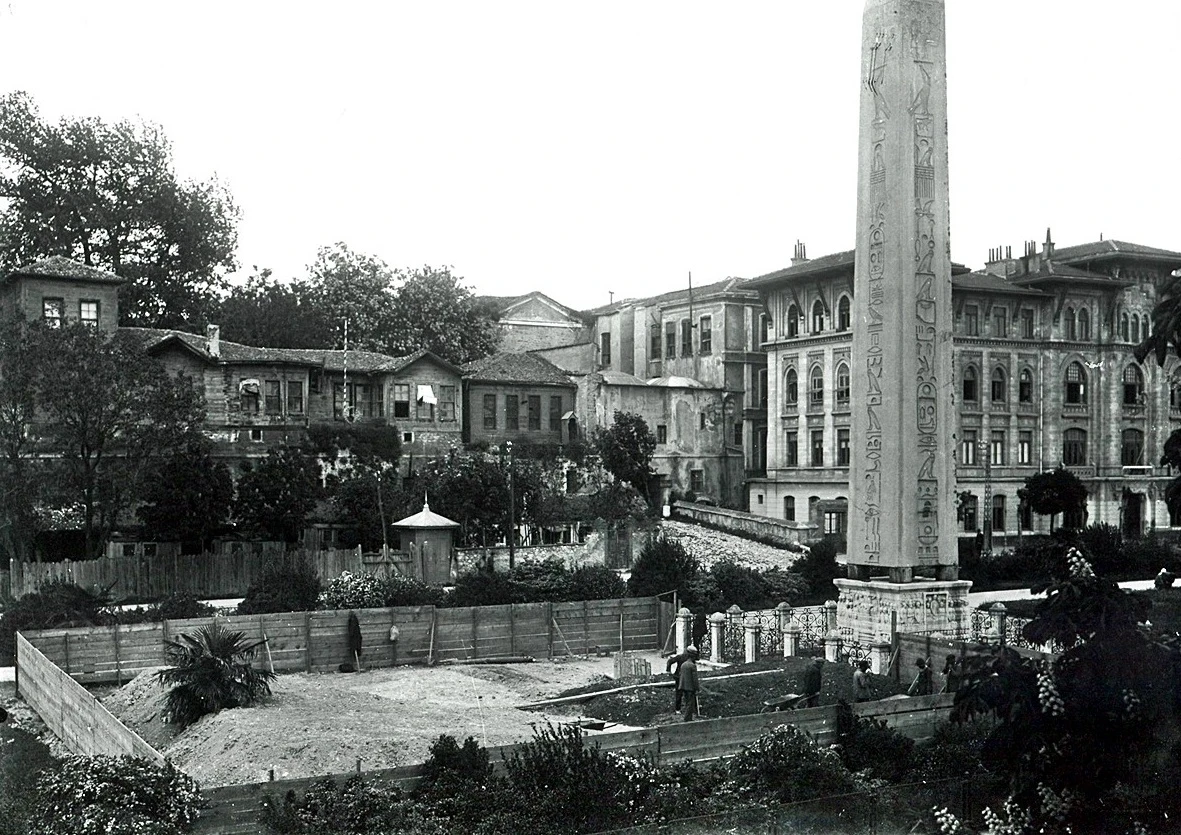
Imperial capital of Constantinople
Formerly known as Byzantium, Constantinople’s history dates back to the seventh century B.C. Its strategic position between Europe and Asia transformed it into a thriving port city. In A.D. 330, Emperor Constantine the Great designated it as the capital of his “New Rome,” leading to an era of immense wealth and architectural splendor.
For over 1,100 years, Constantinople remained the heart of the Eastern Roman Empire until its conquest by Sultan Mehmed II in 1453, bringing it under Ottoman rule.
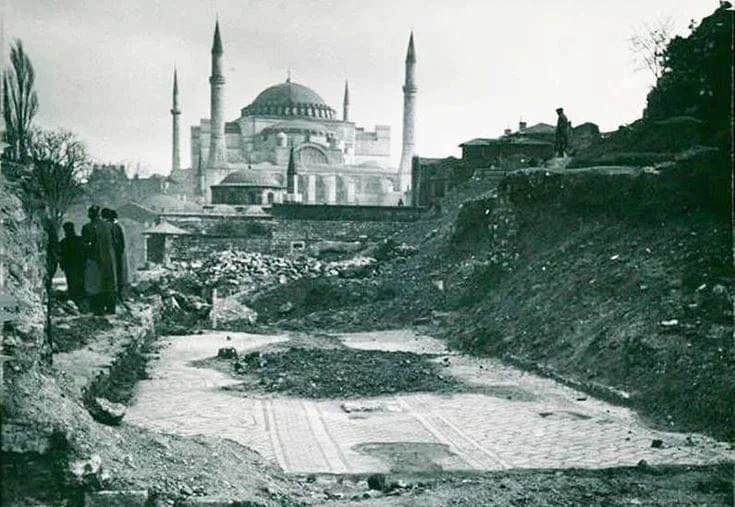
Stunning mosaics of the Great Palace
Excavations in 1935 uncovered the northeast section of the Great Palace’s colonnaded courtyard, revealing mosaics dating between A.D. 450 and 550. Unlike many other Roman-era mosaics, these do not feature religious themes. Instead, they vividly depict scenes of daily life, nature, and mythology. Experts believe these vibrant compositions were created under the guidance of the finest artists of the era.
Housed in the Great Palace Mosaics Museum, these mosaics offer a glimpse into the splendor of the imperial residence. The museum itself is located within the complex of the Blue Mosque, behind the Arasta Bazaar, preserving a section of the once-magnificent mosaic floor. However, only 180 square meters of these mosaics have survived to the present day.
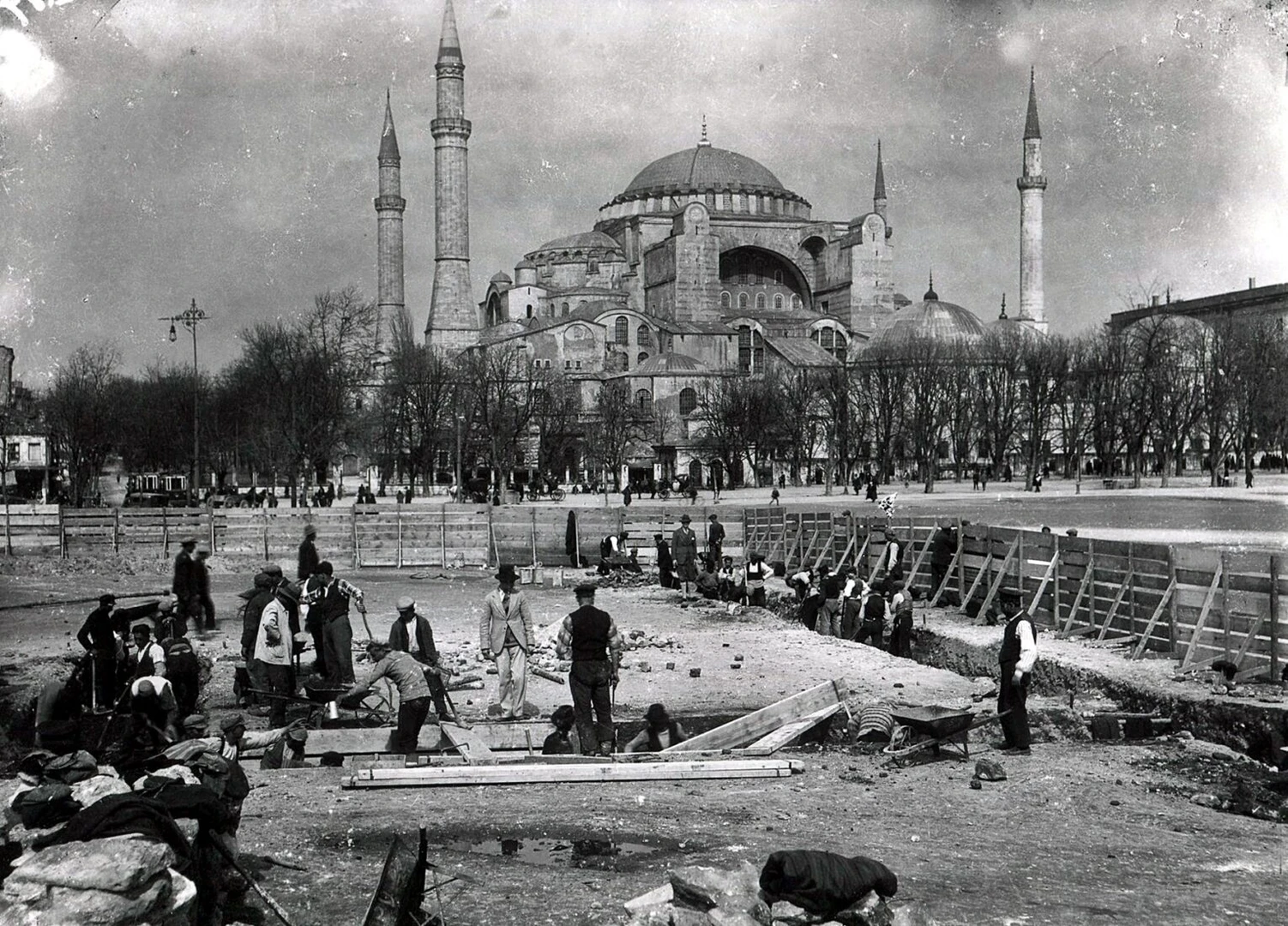
Architectural marvel of the Great Palace
During the 1930s, researchers from St. Andrews University in Edinburgh unearthed the palace’s vast peristyle courtyard, spanning approximately 3,690 square meters.
Surrounded by halls and Corinthian-style columns, the courtyard’s grandeur was enhanced during Emperor Justinian I’s reign (A.D. 527-565), when the floor was redecorated with the mosaics displayed in the museum today.
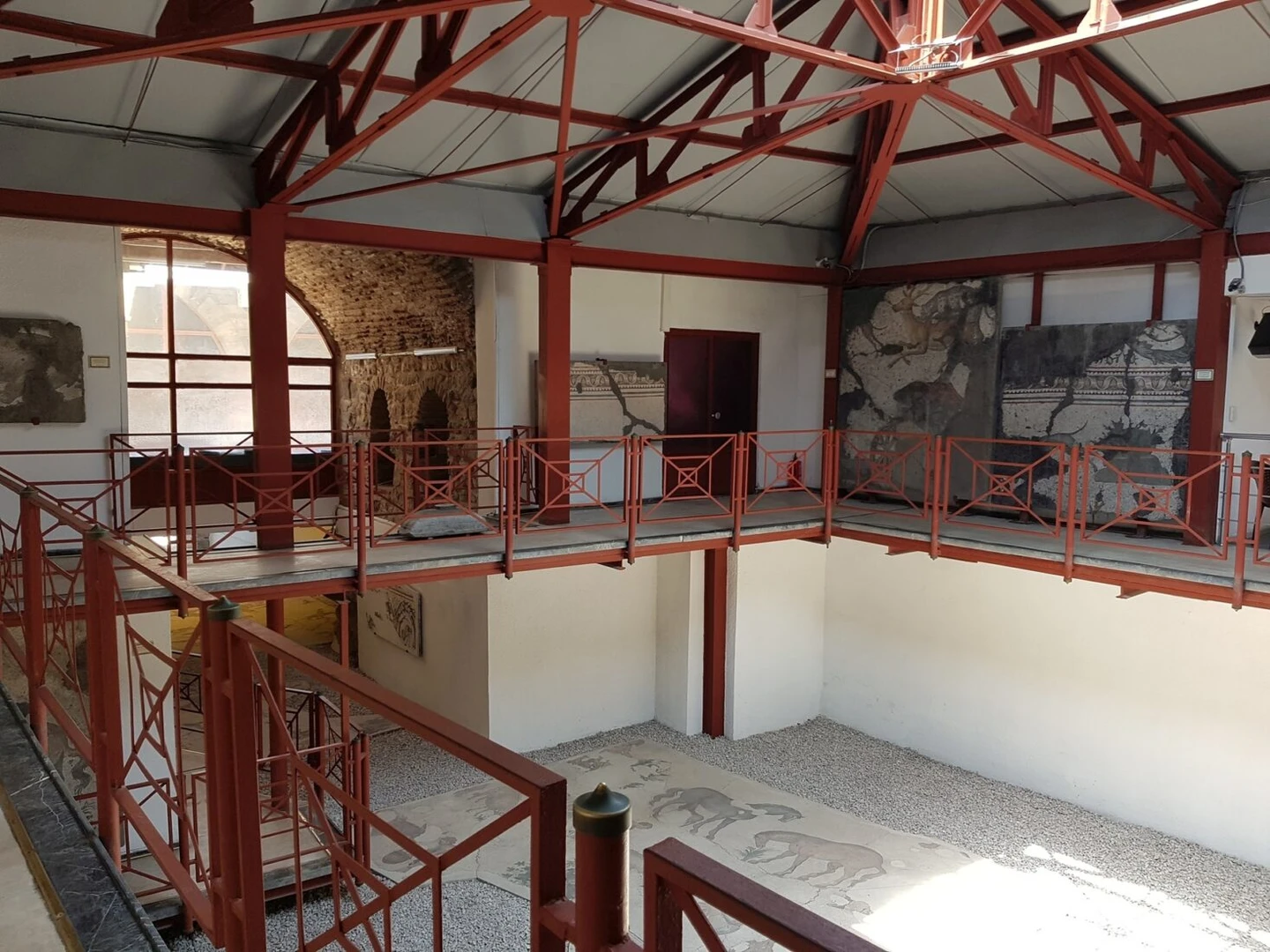
Hidden gem in Istanbul’s historic district
The Great Palace Mosaics Museum was incorporated into the Istanbul Archaeology Museums in 1953 before being transferred to the Hagia Sophia Museum Directorate in 1979. Restoration and conservation efforts, carried out in collaboration with the Austrian Academy of Sciences, were completed in 1997. Despite its historical significance, the museum remains relatively unknown compared to other attractions in Sultanahmet.
Though the collection is limited in size, the mosaics’ uniqueness makes it a must-see for history and art enthusiasts. (Currently, the museum is closed for restoration, and its reopening date remains uncertain. Visitors are advised to check the official website for updates.)
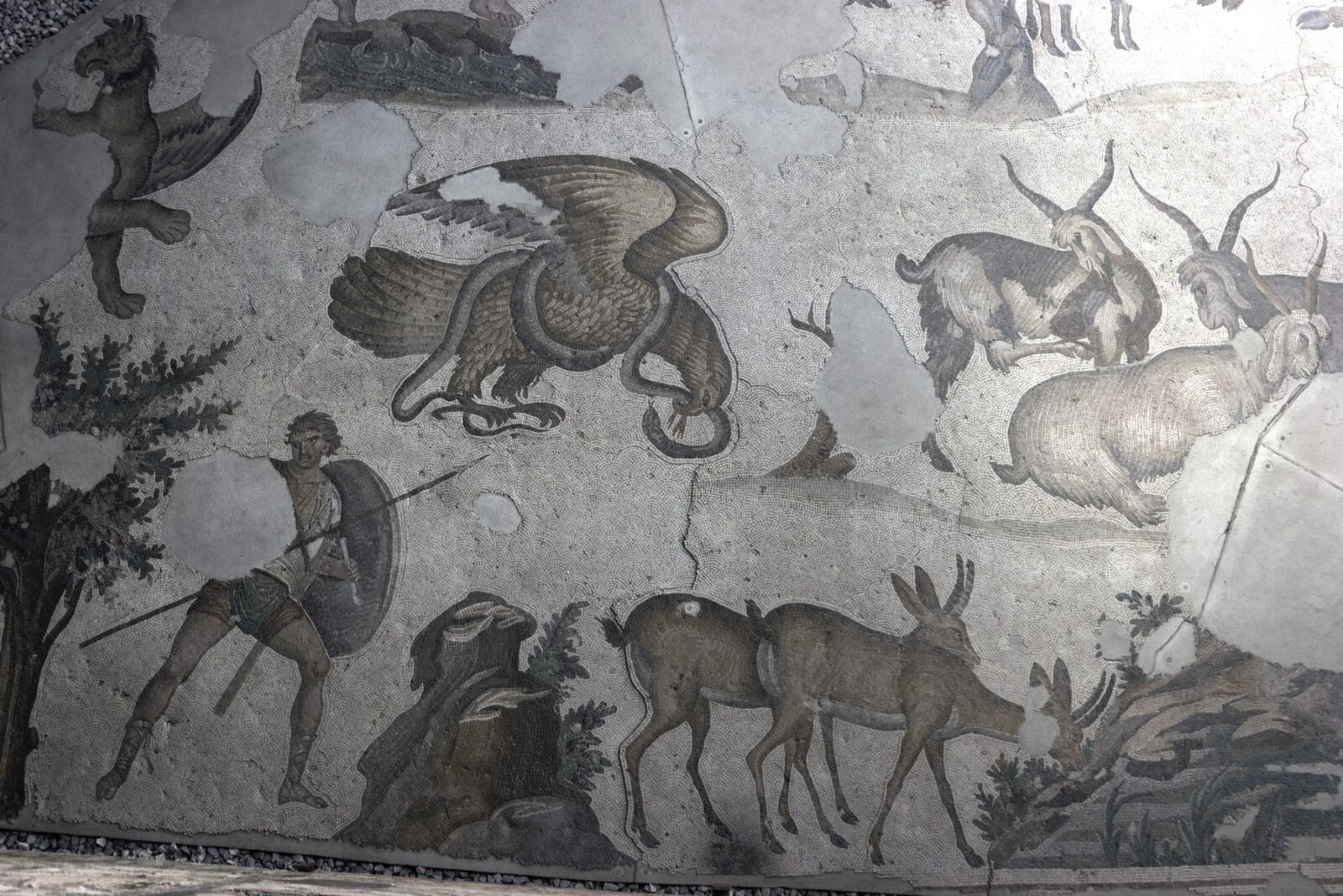
Extraordinary mosaic scenes
The mosaics, created from limestone, terracotta, and colored stones, showcase intricate details with tesserae averaging 5mm in size. The white marble backgrounds employ the “fish scale” technique, while figures are outlined for emphasis using the “Opus Vermiculatum” method.
Among the most striking depictions are:
- A griffin devouring a lizard
- A battle between an elephant and a lion
- A mare nursing her foal
- A child herding geese
- A man milking a goat
- A boy feeding his donkey
- A young girl carrying a jug
- Bears eating apples
- A hunter fighting a tiger
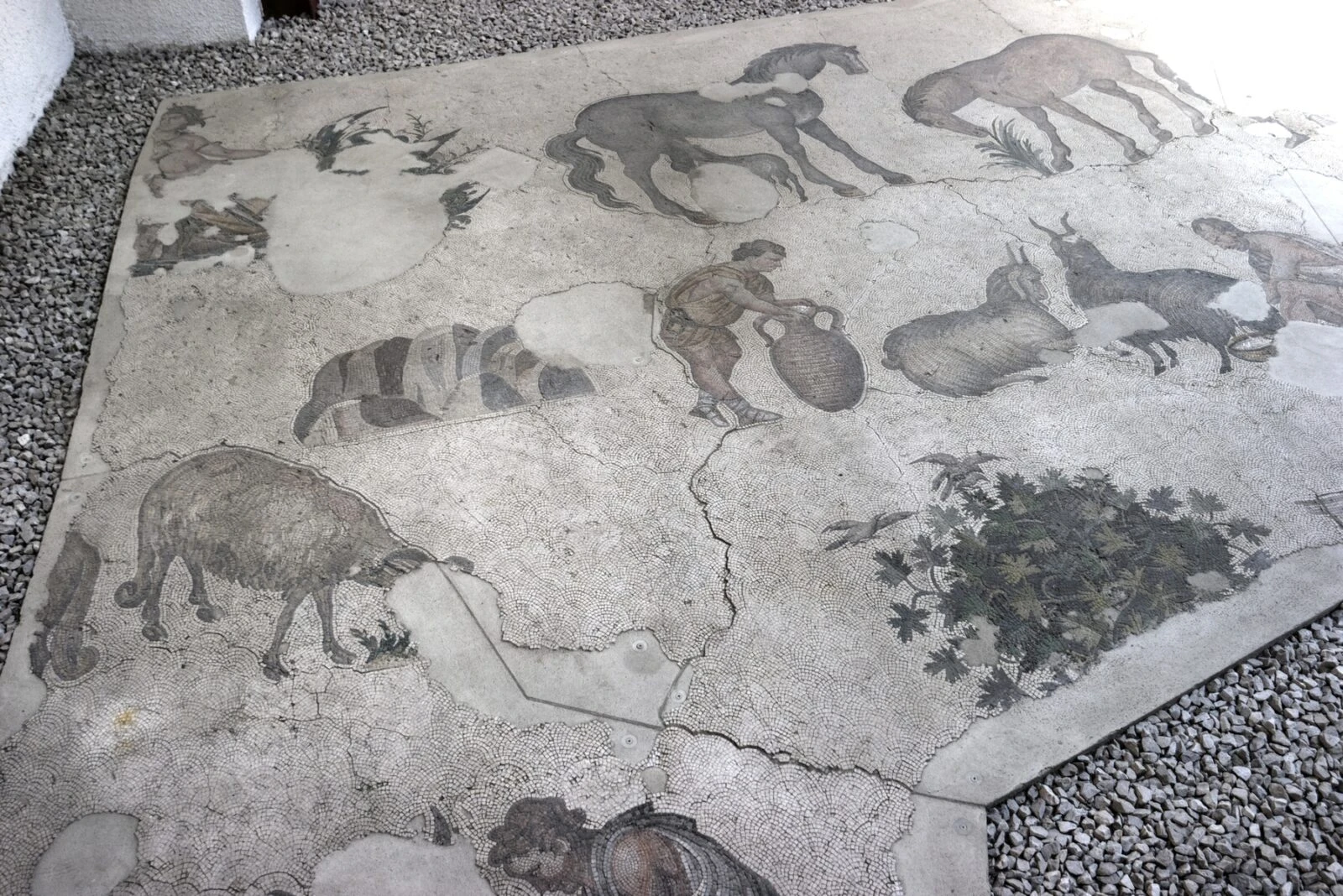
With 150 human and animal figures and 90 distinct themes, these mosaics bring the past to life in unparalleled detail.
Plan your visit
- Opening hours: The museum is open daily from 9:00 a.m. to 7:00 p.m. (currently closed for restoration).
- Location: Fatih, Sultanahmet district, inside the Arasta Bazaar behind the Blue Mosque.
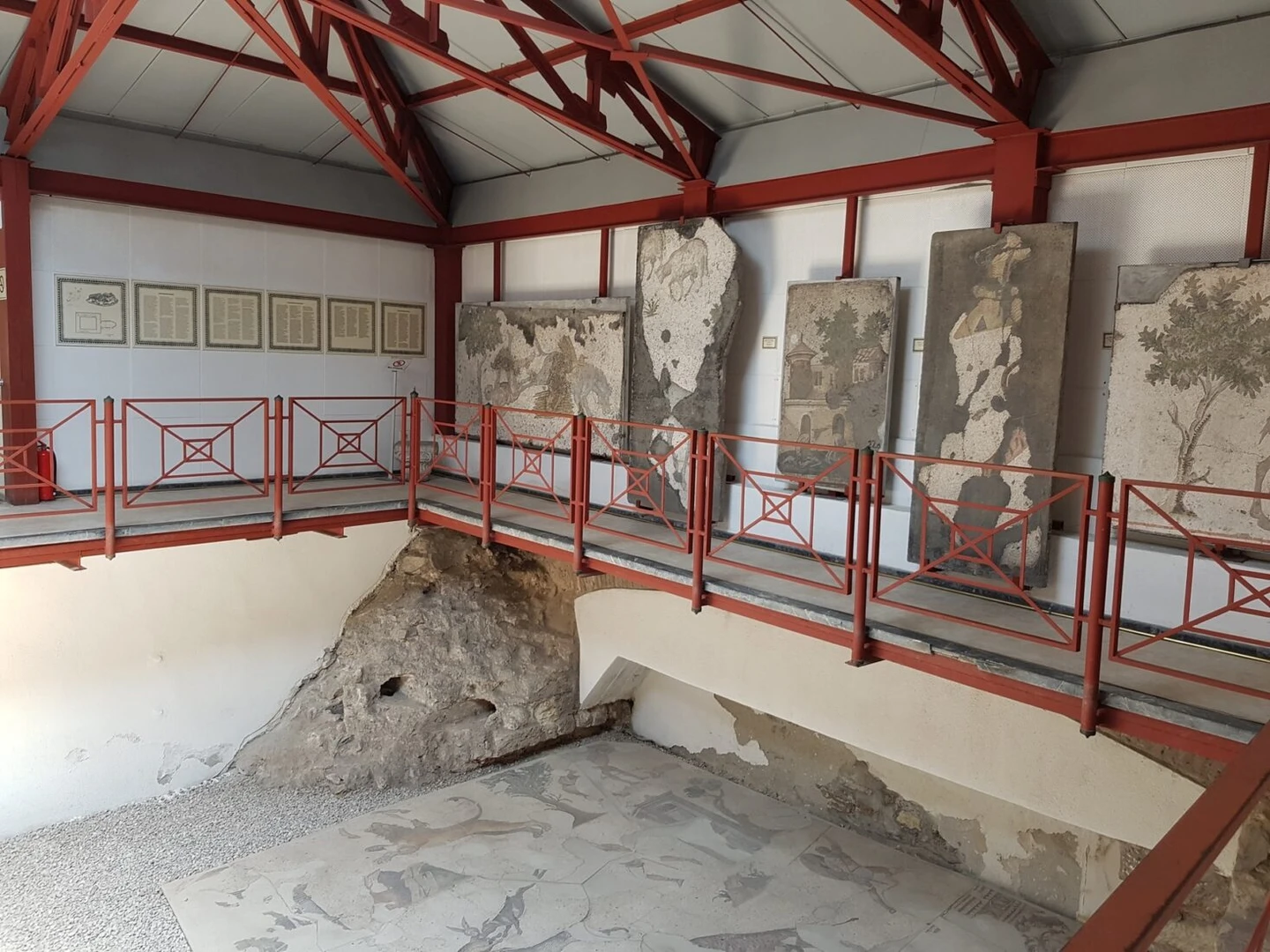
How can I go to museum?
- Take the Bagcilar-Kabatas tram (T1 line) and get off at the Sultanahmet stop.
- From Taksim, take the funicular to Kabatas, then transfer to the tram.
- From Besiktas, take a bus or walk to Kabatas, then take the tram.
- From Uskudar or Kadikoy, take a ferry to Eminonu, then take the tram.
- Alternatively, take Marmaray or the train to Sirkeci station, then the tram to Sultanahmet.
- Since Sultanahmet Square is pedestrian-only, using public transport is recommended.
For updated information on visiting hours and ticket prices, check the official website before your trip.


